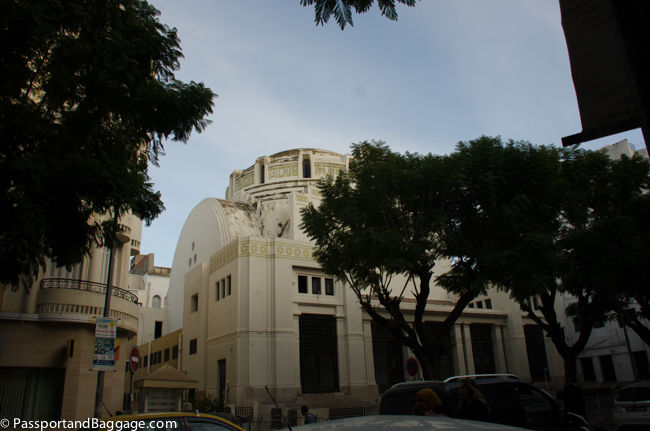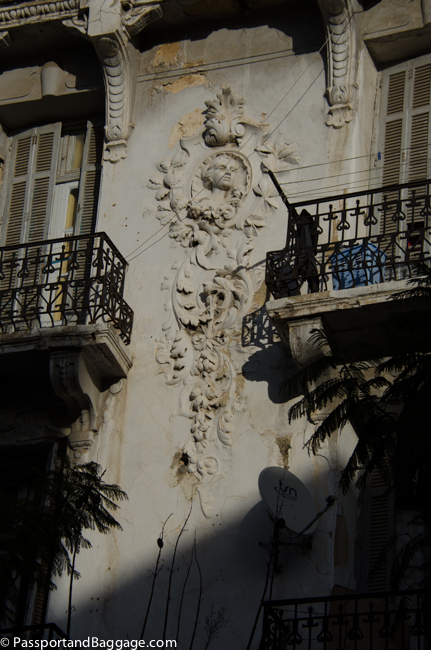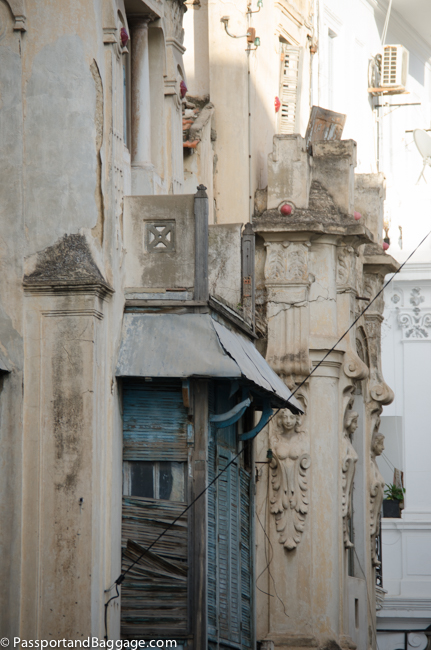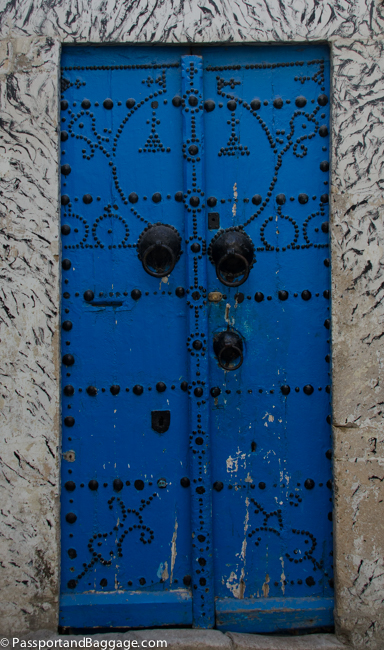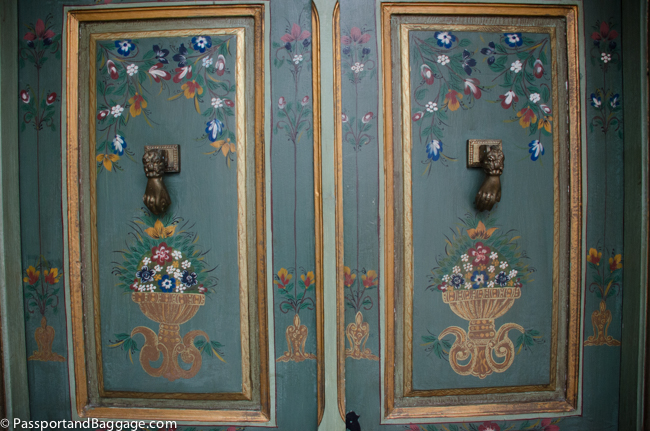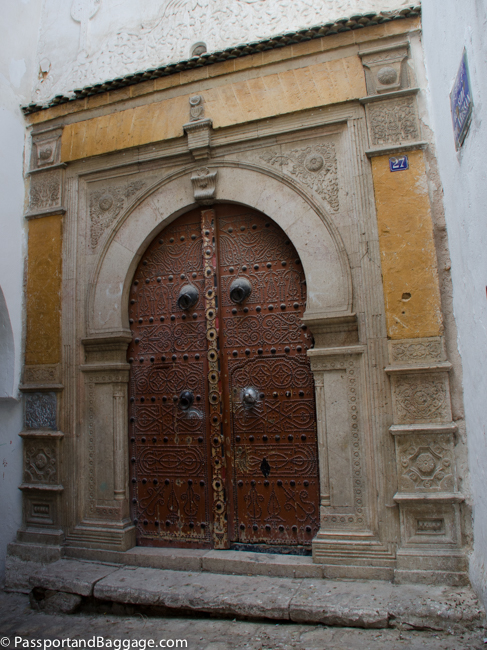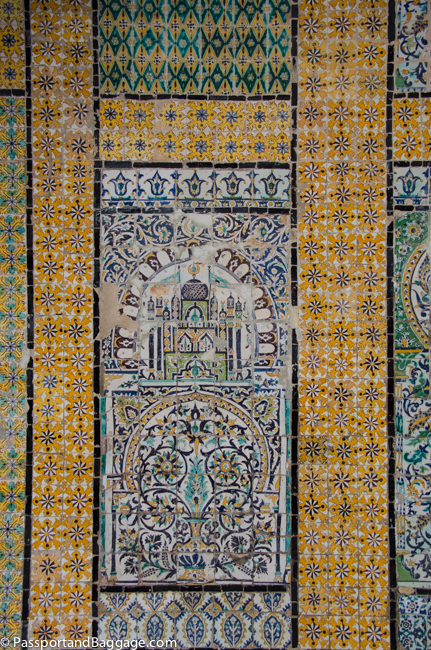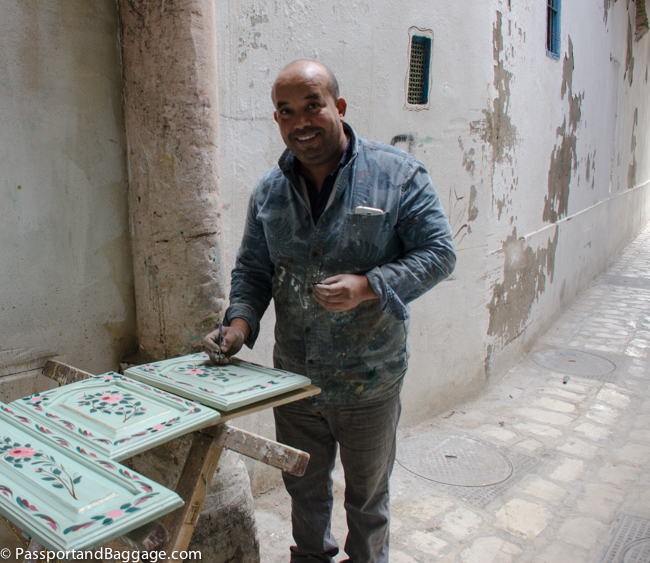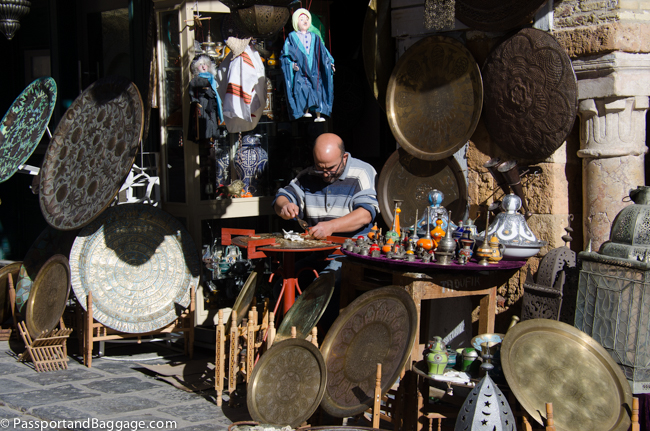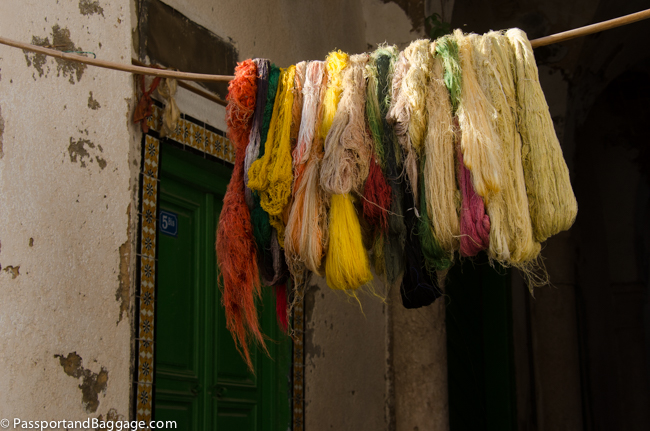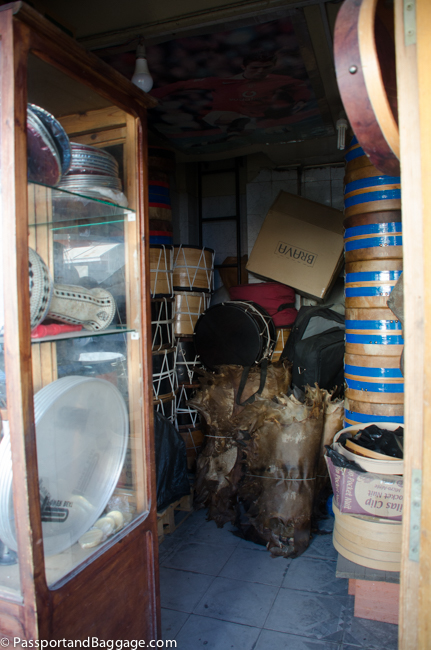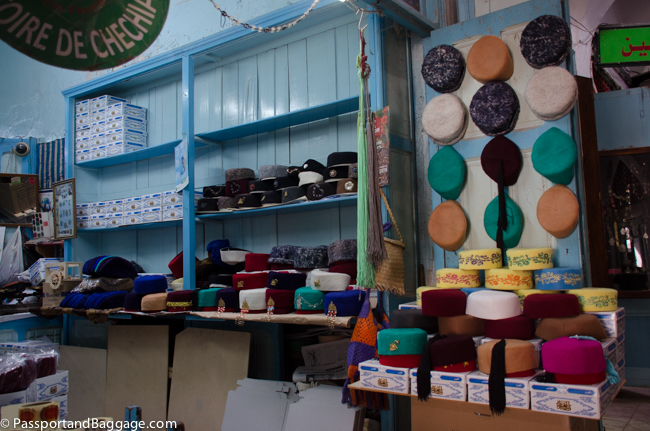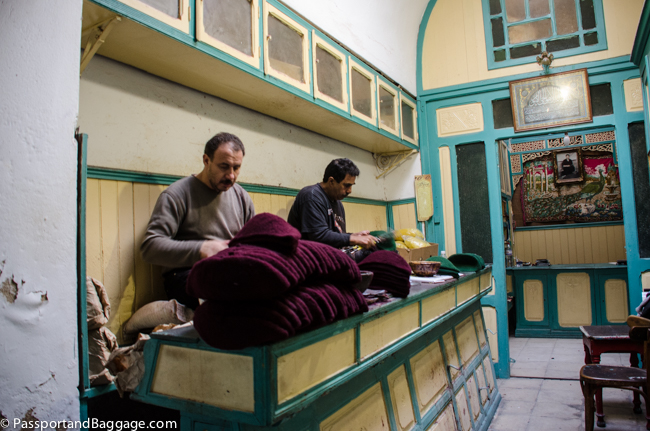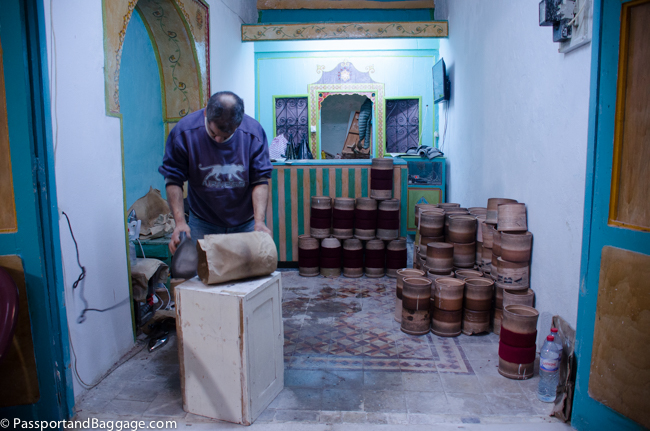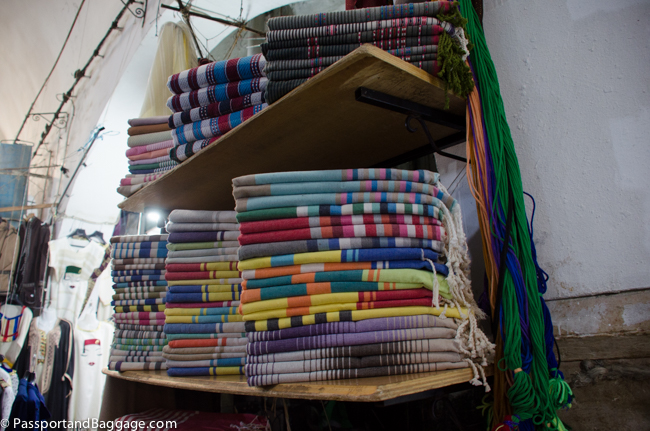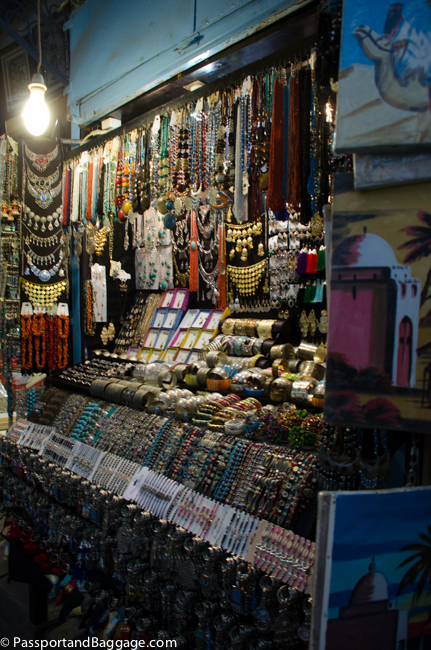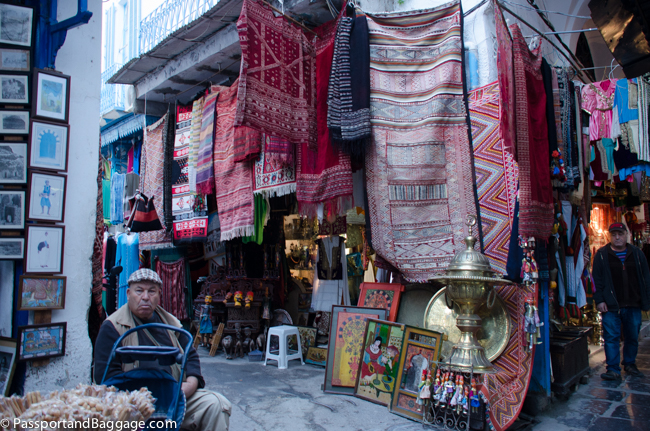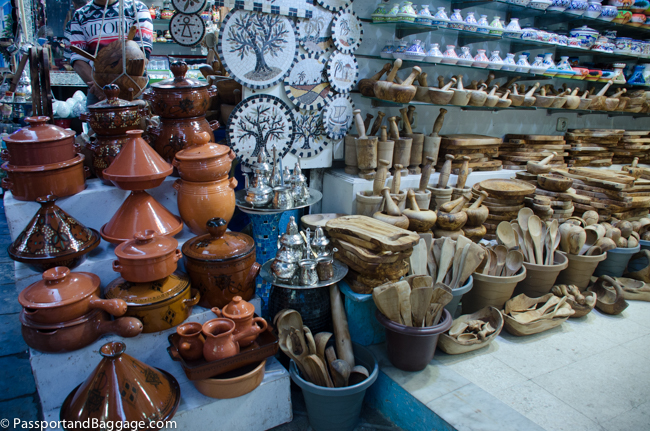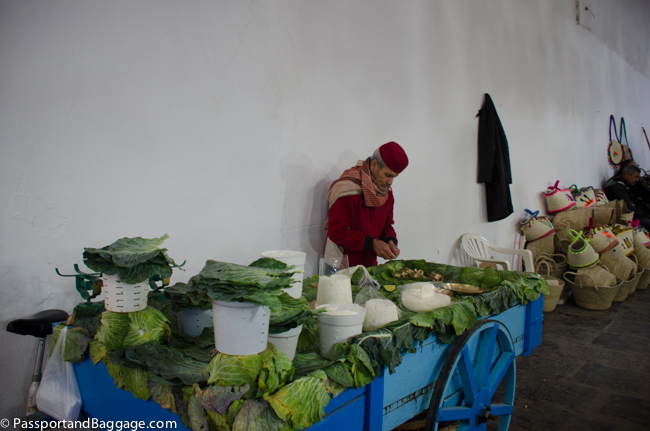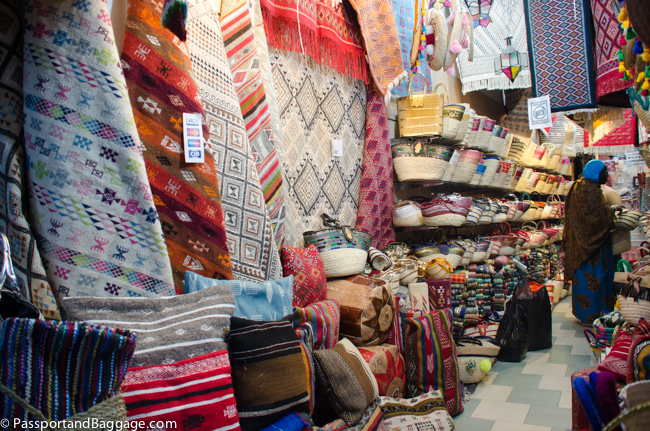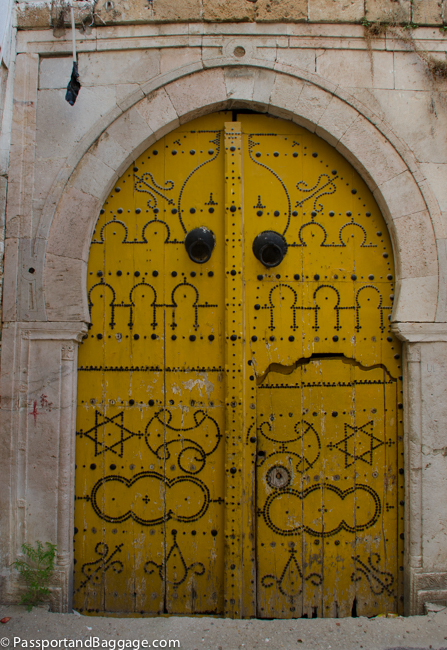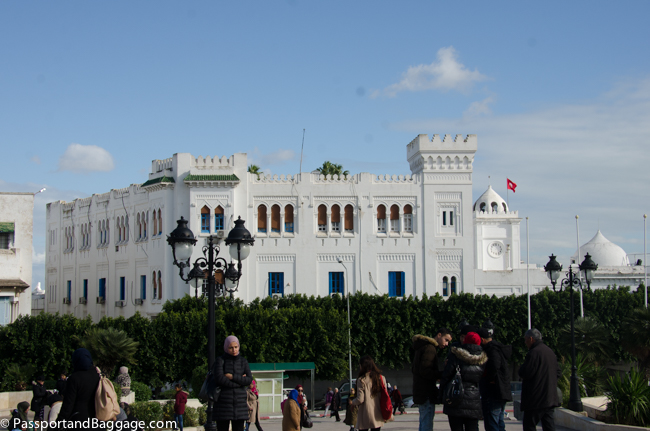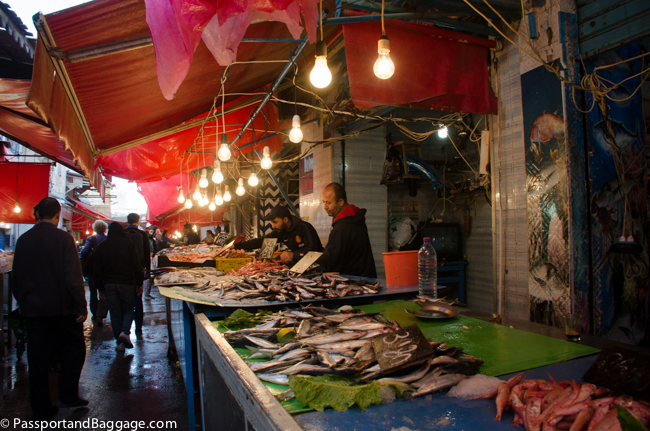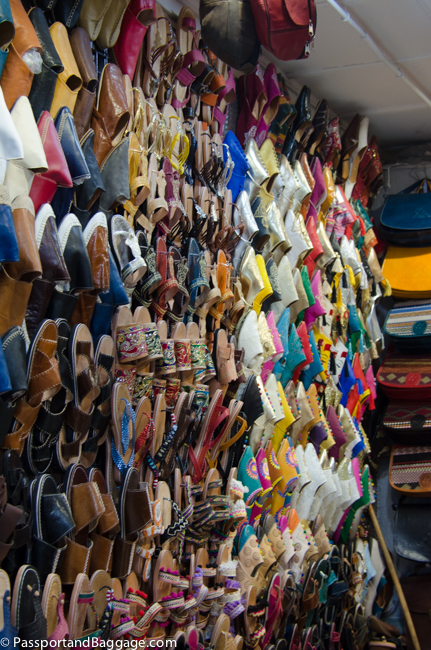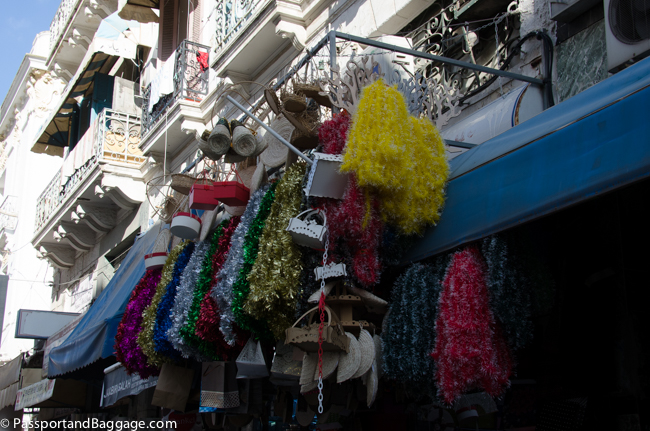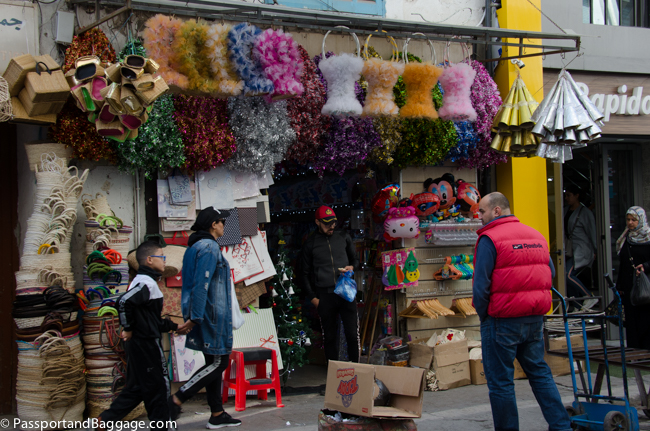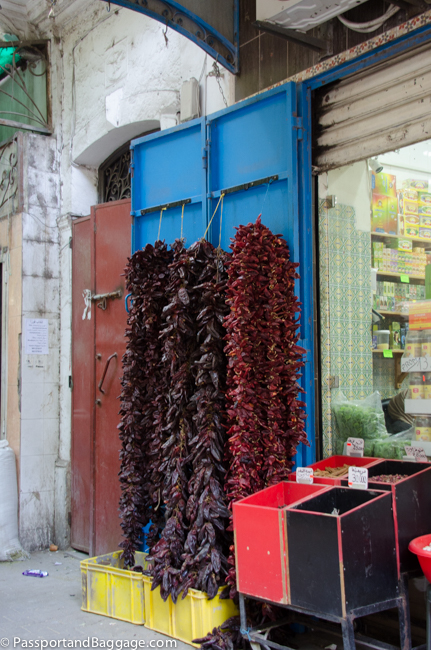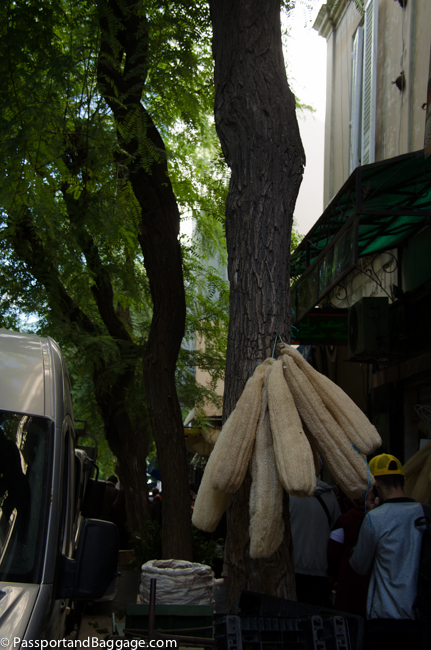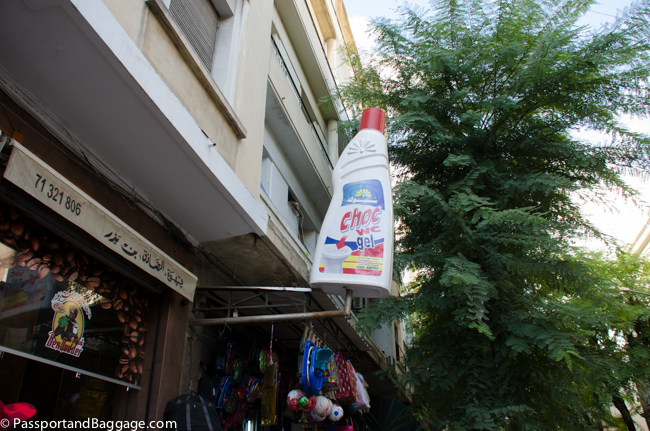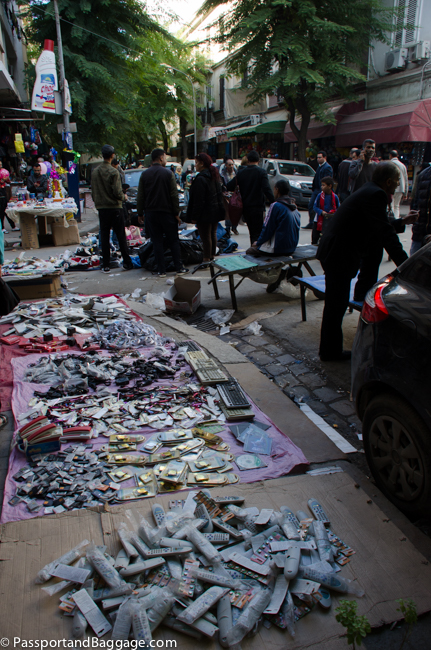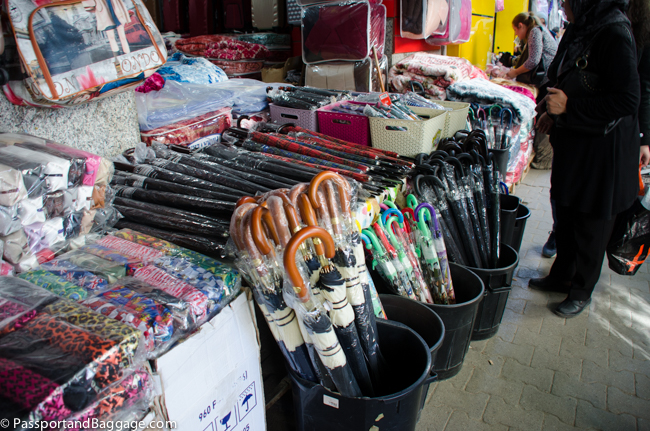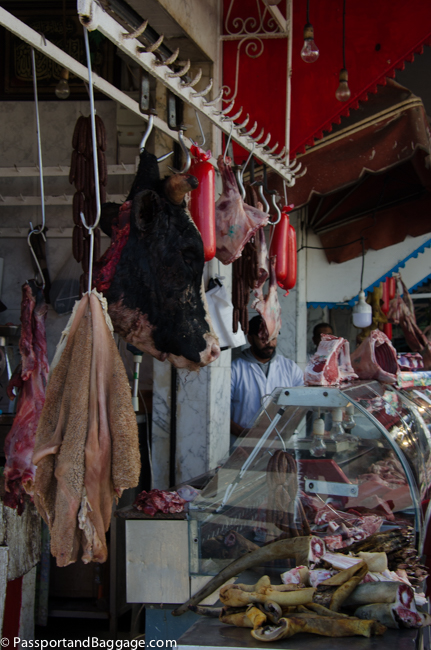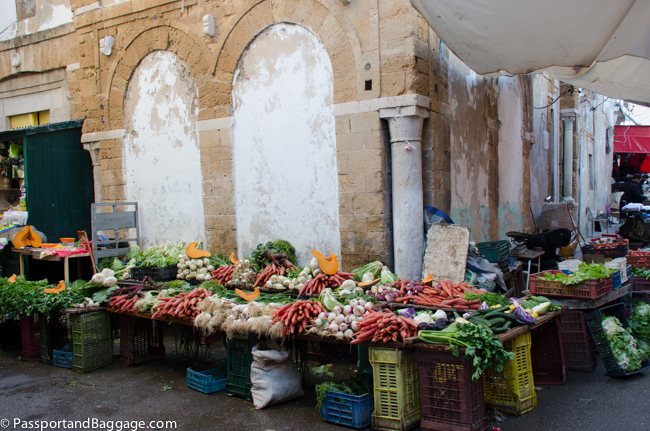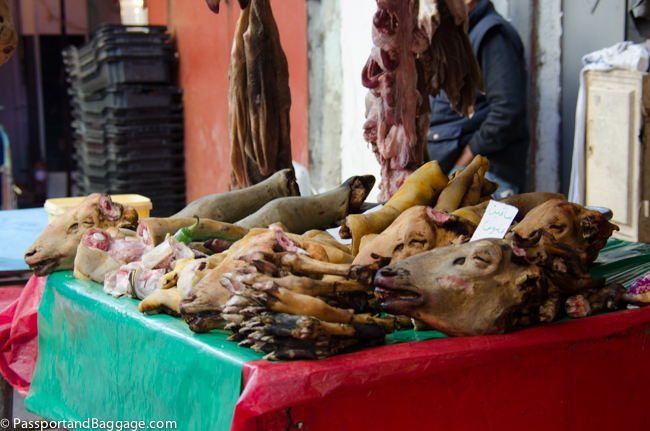November 26, 2019
Tunis is a very approachable town. It has a sense of ordered chaos about it. The streets are packed with cars that find signals and laws inconsequential, but as a pedestrian, you feel safe, and oddly in control, as the traffic moves so slowly. The sidewalks and streets are filled with pedestrians that all seem to have a purpose in their stride. The primary language is Arabic, and most every Tunisian is also fluent in French. In many places in the world, English will be the common language when the native language is not shared by tourists, but here that is not the case. As everywhere in the world, sign language, a smile and patience always work.
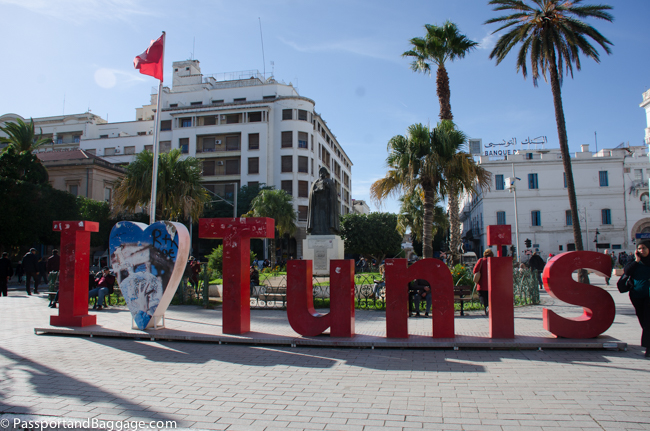 New Town
New Town
Colonial New Town was primarily uncultivated land until the French took control in 1881 and set upon turning the area into a French provincial capital. The number of Art Nouveau and Art Deco buildings, despite their disrepair, is what you notice the most in this area. An Architectural study identified over four hundred buildings in these styles in the area.
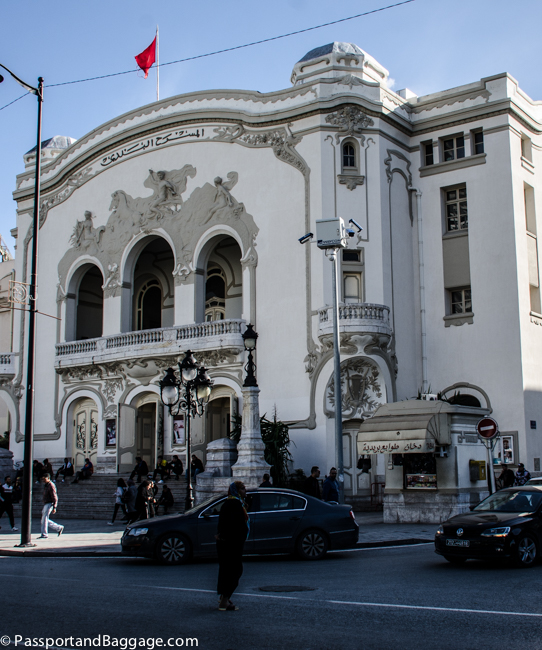
The 1902 Municipal Theater is a stunning example of fin de siècle architecture. It was designed by French Catalan architect Jean Resplendy.
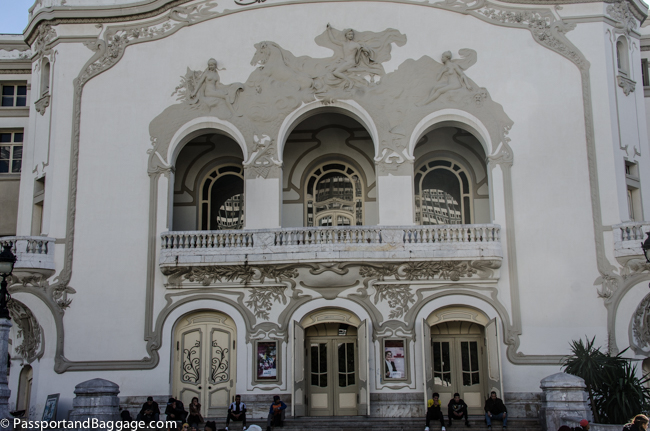
The Olympian deity Apollo, surrounded by the muses of drama and poetry are seen over the top three arches and were the creation of French sculptor Jean-Baptiste Belloc.

Hidden behind the trees is a Star of David. It bears the Hebrew name of God and the first words from each of the Ten Commandments
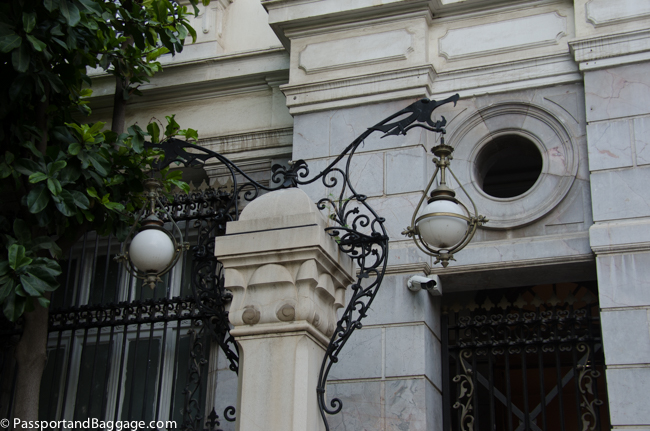
A former theater, now a government office pm Rue de Rome is marked by lovely ironwork. In particular these dragon lamp posts.
The Medina
Tunis itself was originally a Berber settlement dating from the 4th century BC.
Berbers are an ethnicity of several nations mostly indigenous to North Africa and some northern parts of West Africa and constitute the populations of Tunisia, Morocco, Algeria, Libya, Mauritania, northern Mali, northern Niger, and a small part of western Egypt. The term Berber is a variation of the Greek word Barbaros or “barbarian”.
The Medina was founded in 698 around the original core of the Zitouna Mosque and continued to develop throughout the Middle Ages.
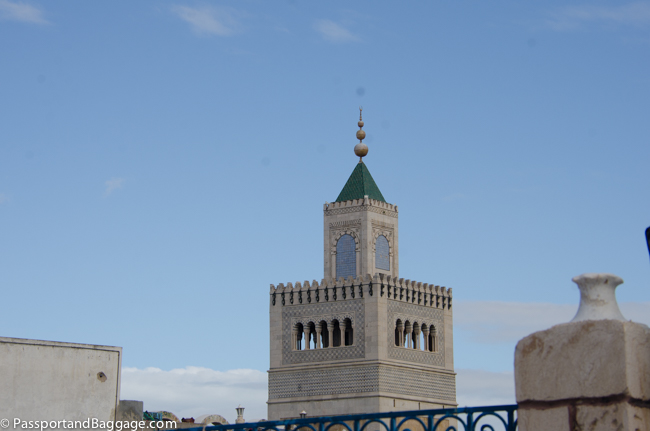
The Zitouna Mosque as seen from the roof of a nearby building. This is the oldest minaret in the world still standing. It is said that originally the site was occupied by a Christian monk and that nearby there was an olive tree, hence the name of the sanctuary: Jemaa ez Zitouna or the mosque of the olive tree. Its foundation is dated precisely to the year 732 AD, but the mosque was rebuilt in the mid-ninth century and modified often after that.
Under the Hafsid period, the Medina developed into a religious, intellectual and economic center. The Medina as we now know it took on its essential form during the Hafsid period. During that time it gradually acquired a number of buildings and monuments combining the styles of Ifriqiya, Andalusian and Oriental influences, but also borrowing some of the columns and capitals of Roman and Byzantine monuments.
The Hafsids were a Sunni Muslim dynasty of Berber descent who ruled Ifriqiya (western Libya, Tunisia, and eastern Algeria) from 1229 to 1574.
The district covers 72 acres and has nearly 110,000 inhabitants, the Medina has one-tenth of the population of Tunis and a sixth of the urbanized area.
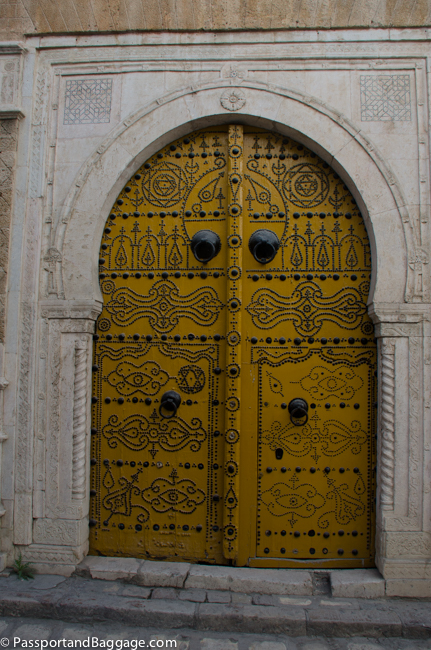 The doors are one of the first things you notice in the Medina. They are generally built of palm wood reinforced with sheet metal. They are decorated with black studded nails to create complex geometric patterns. Occasionally some doors come with more floral patterns owing to the European influence.
The doors are one of the first things you notice in the Medina. They are generally built of palm wood reinforced with sheet metal. They are decorated with black studded nails to create complex geometric patterns. Occasionally some doors come with more floral patterns owing to the European influence.
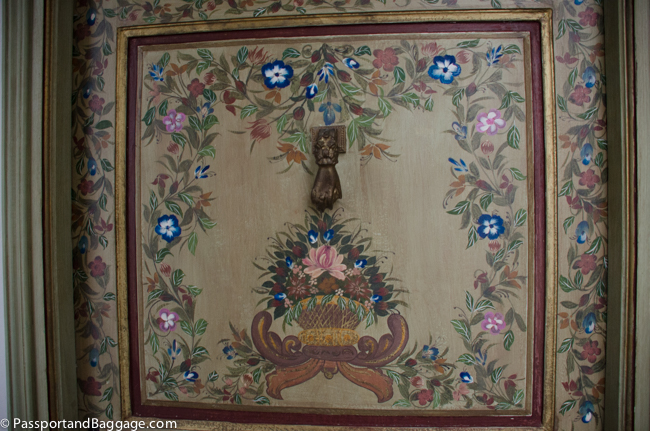
This iron door knocker in the shape of a hand is also known as “the hand of Fatima”. Fatima was the youngest daughter of the Islamic prophet Mohammed. In the Jewish and Islamic world, these hands are associated with the number “five”, alluding to the five fingers. In Judaism, this refers to the five books of the Torah, in Islam to the five pillars of Islam.
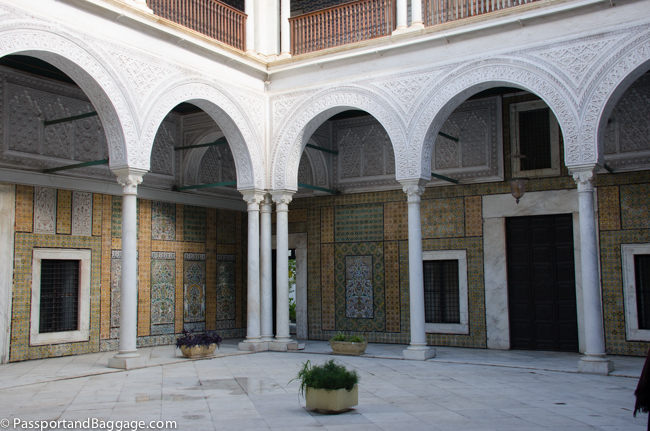
The twelfth-century place named Dar Hussein has a stunning courtyard of plaster and tiles.
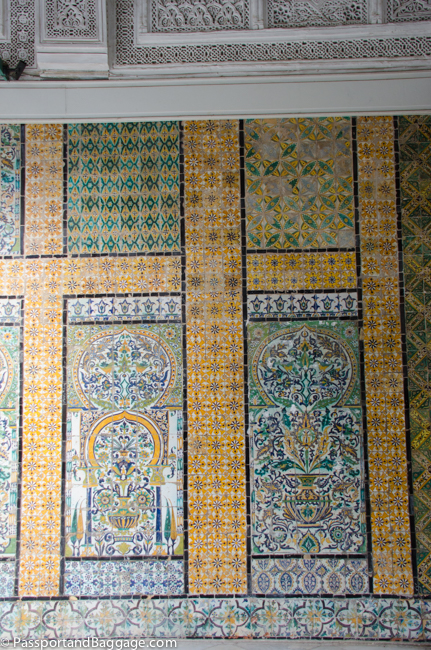
Dar Hussein was once the town hall, then the French army headquarters during the colonial rule and is now used by the National Institute of Patrimony.
It is believed that the chechia originated in Uzbekistan, traveled through Baghdad and arrived in Tunisia sometime in the13th century.
Ironically, now, the wool to make the chechia comes from either Australia or China as Tunisian wool is not the quality needed.
The wool is first given to women, most of whom work from home, who knit about 12 of the initial white hats per day called kabbouss.
When the knitting process is over, the white knitted hats are then boiled and dyed, most often in vermillion, the bright red color.
Colors of the chechia vary depending on the country in which they are sold. In Libya, the chechia is normally black, in Morocco, and in some parts of Tunisia, it can also be seen in white or grey. The Libyan Benghazi version, “chenna,” has a tassel hanging from the top. The Moroccan counterpart, the Fez, is taller and crafted from a much stiffer material.
The Medina not only contains the homes of over 110,000 people but with its souqs, its urban fabric, its monuments and gates, the area has endless surprises and a lifetime needed for exploration.
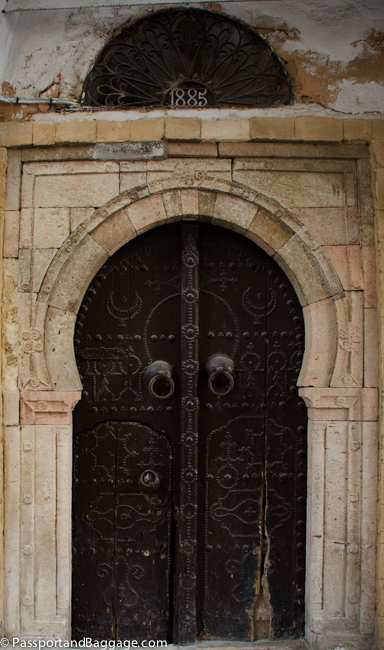
Another burial site hides behind the door just across the street with its Muslim Cresent at the top of the door
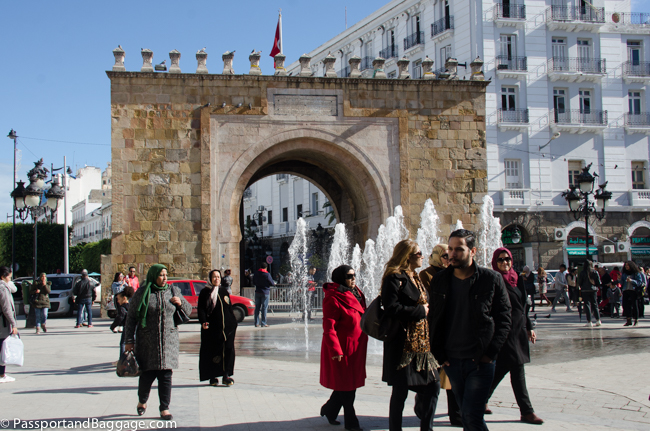
The gate, Bab El Bhar at Place de la Victoire one of the entrances to the Medina
In the late nineteenth century, the Medina began to decline. As a response the French began building their government buildings in the area, while not intentional, this move began to eradicate the local culture, much as they had done in Algiers. Plans were made to modernize the area, which was stopped by ASM (Association de Sauvegarde). For this reason, the Medina remains the most tangible evidence of Tunisia’s pre-colonial past.
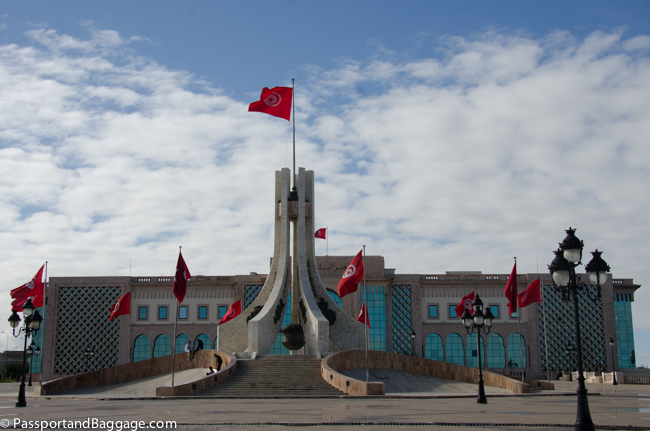
The National Monument in the center of the Place de la Kasbah commemorates the Tunisian martyrs of 1938. Riots took place on April 9th, 1938 which led to the dissolution of the “Neo-Destour” (New Constitutional Liberal Party) a Tunisian political party that was founded by a group of Tunisian nationalist politicians during the French protectorate. This square also played a vital role during the Arab Spring of 2011.
On Saturdays the Medina is twice as busy as normal and spills out into the surrounding streets. It is hectic, loud and very crowded, and yet fun to wander and take part. Here are some photos of the Saturday market.

